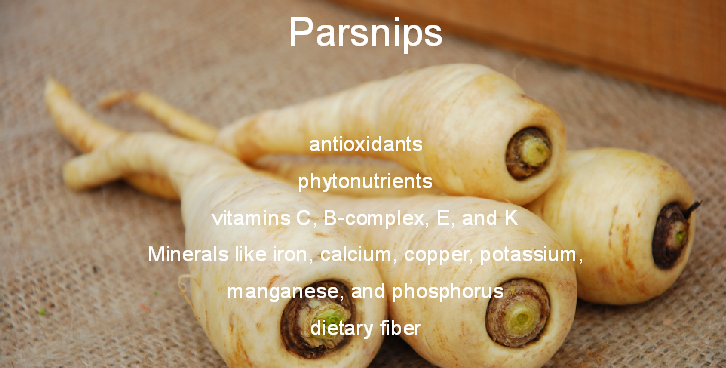Rainier Cherries:
Although you’ll quite likely find yourself eating them straight from the bag that they traveled to your home from, you should also try serving cherries with dinner over ice. The ice slowly melts into the bottom of the bowl, dragging some of the buoyed little fruits with them. Those ones are the best – completely cold and crisp throughout, melting away the summer heat from the inside.
Fun Fact: The light skin and delicate nature of Rainiers occasionally leaves light brown spots on the skin. This is not a flaw, but actually an extra-sweet sugar spot.
Beets:
Beets are great boiled or baked, sautéed or stewed. Usually, I cut them into bite size pieces to bake in the oven because I love roasted beets! Simply coat in olive oil, sprinkle with salt and pepper, and bake at 375° for about 35 minutes (try adding some parsley when they’re done). But they can just as easily be cooked in a frying pan along with other veggies. The beet greens are great sautéed or steamed as well so don’t throw them out! Don’t let cook them too long though or they’ll get slimy.
Zucchini:
Zucchini is more often used as a cooking vegetable but can easily be enjoyed raw. It makes a great salad when sent through the spiralizer and tossed with carrots, cucumber, and snow peas. Like cucumbers, zucchini is good when marinated for a couple hours in the fridge. Simply toss in lemon juice, olive oil, crushed garlic, salt and pepper, cover and let sit in the fridge for a time. Add freshly chopped basil or parsley right before serving.
Zucchini Chocolate Chip Breakfast Cookies
Breakfast cookies are the number one thing I bake for my kids during summer and when I saw zucchini on the menu this week, I knew I needed to share this recipe with you all! These Zucchini Breakfast Cookies are ideal for active, hungry kids.
If you can keep some old-fashioned oats, coconut oil, honey, salt and cinnamon on hand—-you’re well on your way. Often, we add in smashed bananas (also on the menu this week!), peanut butter, apple sauce (or diced fresh apples), dried fruit, nuts and chocolate chips.
My kids aren’t huge zucchini lovers so when I discovered that they’d gobble these, my day was made. I hope you try them out and that your people love them, too!
Ingredients:
1 1/2 cups grated zucchini
dash of salt
1 tsp cinnamon
1/2 cup honey
1/3 cup coconut oil, melted
2 cups old fashioned oats
1/2 cup whole wheat flour
1/2 cup chocolate chips

Directions:
Grate the zucchini and put it in a bowl.
Sprinkle in a dash of salt and add in the cinnamon.
Measure in the honey.
Melt the coconut oil and then pour it in, stirring everything together well.
Add in the oats and flour. Stir well.
Lastly, gently stir in the chocolate chips.
Scoop onto a greased baking sheet.
Bake in a preheated 350* oven for 12-15 minutes, or until cookies are set and starting to lightly brown around the edges.
Notes: Feel free to add in raisins, peanut butter, nuts or dried fruit!
By Angela Strand





